MARKET OVERVIEW
The global green technology & sustainability market is transforming the world toward environmentally responsible practices and innovative solutions in various sectors. Market concentration on integrating leading-edge technologies with the principles of sustainability to foster environmental protection, resource efficiency, and socio-economic well-being signals a new trend among sectors and governments worldwide, aligning their priorities to reduce the negative impact of human activities on the environment through technology innovation and sustainable practice.
The main aspect of this market is based on innovative technologies developed to reduce carbon footprints, waste, and promote the use of natural resources. These range from renewable energy systems to sophisticated waste management, water purification, and environmentally friendly materials. They are solutions to the need for economic development without harming the environment. The global green technology & sustainability market also represents the collective effort of industries such as energy, agriculture, transportation, and construction adopting environmentally conscious practices that align with global sustainability goals.
As the market changes, it is expected to emphasize on integrating artificial intelligence, machine learning, and data analytics in support of better decision-making processes; monitoring environmental conditions; and resource management with the development of predictive models. In addition, the use of blockchain technology will greatly impact the improvement of transparency within supply chains while holding accountable people involved in sustainability initiatives. Therefore, these advancements in technology are expected to upgrade the market's capacity to confront critical issues: climate change, resource depletion, and biodiversity loss.
More importantly, this market is not limited to the technological landscape. It is inherently related to the worldwide push for policy reforms and international agreements aimed at reducing greenhouse gas emissions and protecting ecosystems. In the wake of countries embracing increasingly stringent environmental regulations, the global green technology & sustainability market will play a very important role in enabling compliance and supporting economic transitions to cleaner alternatives. This market will increasingly become an approach for worldwide corporations to fulfill ESG standards in relation to their environmental, social, and governance requirements, making alignment with the expectations of consumers and stakeholders possible.
Research and development investment will continue to be at the core of this industry, bringing breakthrough solutions tailored to specific environmental challenges to customers' doors. Government-private-enterprise-research institution collaborative efforts will contribute to innovation, leading to new applications and technologies that could address global issues of environmental concern. Since urbanization is increasing and populations are growing, the market will also focus on developing a technology for sustainable urban planning and resource management, ensuring that future cities are resilient enough and capable of handling the environmental demands.
The trajectory of the global green technology & sustainability market will redefine the way industries work, focusing more on long-term environmental stewardship than short-term gains. It will go beyond technology and change cultural, social, and economic dimensions as societies evolve to more sustainable ways of living. This market represents, not only a sector but rather a vision that technology and sustainability are merged; it's working toward a brighter future of this planet, of a better living world for its people, in harmony. Shaping the agenda of environmental strategy and economic trends for generations.
global green technology & sustainability market is estimated to reach $104795.7 Million by 2031; growing at a CAGR of 23.2% from 2024 to 2031.
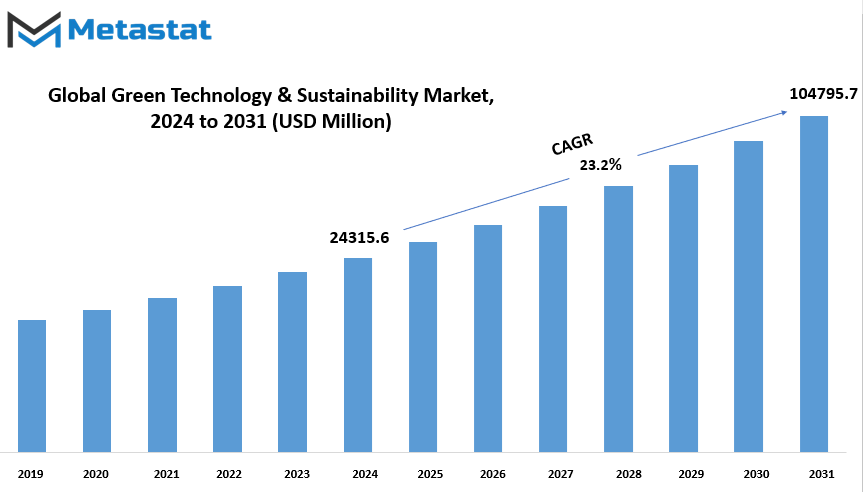
GROWTH FACTORS
The global green technology & sustainability market is gaining strong growth because of increasing demand for renewable energy solutions, coupled with stringent regulations to improve environmental standards. All the governments worldwide are helping through various initiatives and policies meant for promoting sustainability and adoption of eco-friendly practices. The surge in the quest for renewable energy solutions not only brings an end to the issue of environmental degradation but also redesigns businesses around the aim of sustainability.
However, the market faces some challenges that may hinder its progress. The most significant challenge is the high initial cost of green technology. Most businesses and individuals are reluctant to invest in these solutions because of the high upfront costs, even though they are good in the long run. Additionally, awareness and accessibility are limited in many developing regions. Generally, people in these regions and area do not have the necessary tools and know-how for implementing sustainable technologies that can further minimize space for market growth.
However, there are enormous opportunities for growth in the potential despite these hindrances. Advances in the field of green technology and innovations create avenues for more efficient and cost-competitive solutions. This creates sustainable options more attractive and feasible to a greater populace. There is an increasing investment in sustainable infrastructure and smart cities, opening up new avenues for market growth. Governments and private sectors are beginning to realize the potential of green technology in urban planning, which not only improves quality of life but also preserves the environment.
These factors put the global green technology & sustainability market in a very dynamic and promising sector. Even though the challenges are real and demand attention, the potential for innovation and investment offers hope for a greener future. Addressing the problems of finance as well as learning, the potential of the market can get unlocked, in turn leading the market to great adoption and good environmental impact for all. Trends towards sustainability mark a necessary turning point for earth's well-being and a sound future for forthcoming generations.
MARKET SEGMENTATION
By Component
The global green technology & sustainability market is a promising area of attention to innovative and technological solutions applied for the enhancement of environmental considerations as well as promoting sustainable developments. This marketplace has been considerably propelled by customers seeking technologies offering a reduction of carbon footprint along with waste products, efficient usage of natural materials. The basic thrust of such a market appears to be divided into components into solution and services segments. These elements constitute crucial strands in the general design of initiatives in sustainable technology.
Solutions in this market are the technologies and systems that are created to solve particular environmental issues. These include renewable energy sources, energy-using appliances, and high-tech waste recycling. All these solutions significantly reduce the overall adverse effects several industries have on the environment as they are economically viable in the long run. Innovations concentrated on clean or renewable energy would decrease dependence on fossil fuels; consequently, one would reduce its emission of gases, such as carbon dioxide and methane.
On the other side, services involved in the green technology and sustainability market are considered equally important. These include services such as consultation, maintenance and implementation support a company provides the organization to add sustainable practices within its operations. For example, companies may provide advice on minimization of the carbon footprint and energy efficiency; or compliance in global environmental standard. Such service allows businesses smoothly shift towards environmentally friendly practices for regulatory compliance purposes and enhance performance.
The growth of the market is led by the awareness of individuals, businesses, and governments regarding the urgent need for sustainable development. In addition, various global initiatives such as the Paris Agreement have given greater importance to adopting green technologies to combat climate change. Different governments are thus implementing policies and incentives to increase the adoption of these technologies, and businesses are gaining long-term value from investing in sustainability.
Growth is definitely forecasted by the challenges to continue their existence around climate change, resource depletion, and pollution impacting Earth. Solutions as well as service options within the global green technology and sustainability space work in coordination toward both satisfying present-day concerns and toward facilitating sustainable future advancements. Emphasis on innovation and cooperative approach toward nonharm towards the environment assures potential growth, focusing toward making future earths environmentally better.
By Enterprise Type
The global green technology & sustainability market is growing rapidly. Large enterprise accounted for a major share of the market. In 2023, the market was valued at 11,581 USD Million, which held 60.6% of the market share. From a growth perspective, this segment should continue to show growth in this period with the compound annual growth rate (CAGR) during 2024-2031 at 22.7% and should achieve a value of 61,396.8 USD Million in 2031. Large enterprise is growing by investing in green technologies and sustainability practices due to increasing regulatory demand and consumerism for ecofriendly solutions.
Large companies are keenly interested in lessening their carbon footprints and resorting to efficient energy usage. Hence, the adoption in this field is gaining tremendous momentum. Many of the companies are finding ways to harmonize the techniques of renewable energy, efficient building, and reduced waste so the technology can peacefully coexist in harmony with nature and the balance sheet. As a result of this, it has become fundamental to corporate strategies, as multinationals endeavor to clean their public image while attracting environmentally aware consumers and as governments continue implementing more stringent standards on carbon and waste emissions.
However, small and medium-sized enterprises (SMEs) are also significant in the Green Technology & Sustainability market, though with much smaller contributions than large enterprises. While SMEs have fewer resources and are more difficult to adopt green technologies, they are slowly becoming more sustainable. Most of the SMEs are now utilizing low-cost green solutions, for example, energy-efficient lighting or waste reduction programs, to be competitive while making contributions to the environment. The more the SMEs get to know about the long-term benefits of green technologies, the more they will contribute to the growth of the market.
In summary, the global green technology & sustainability market is growing very fast. Because of their capital and commitment towards sustainability, big enterprises are also leading this industry. However, the growth in this market is going to continue with large enterprise investments in green technologies, though SMEs would also be on the move since they want cost-effective, sustainable practices. The growth in both segments, as forecasted, indicates the significance of green technology and sustainability in the future of business and environmental practices.
By Technology
The global green technology & sustainability market is embracing an upward growth trajectory since industries and even governments are showing preference to adopting greener solutions. This market derives its force from complying with climate change, carbon footprint reduction, and moving toward sustainable practices across all sectors. Among the key drivers propelling this upward growth are advanced technologies embedded to upgrade sustainability efforts. Using advanced innovation tools, businesses are able to manage operations more efficiently, reduce waste, and conserve energy.
Technology, in relation to the global green technology & sustainability market, can also be segmented to many areas. Every one of these technologies acts as a base that helps ensure sustainability. A leading aspect in the portfolio of these is IoT, because of which things become smart in resource management. Through interconnection devices, IoT enables the tracking of energy consumption, water use, and other essential resources for real-time data to be utilized in more sustainable decision-making. IoT is thus an essential tool for companies in pursuit of environmental sustainability through gathering and analysis of big data.
Artificial Intelligence (AI) and Machine Learning (ML) are also highly impactful in this market. These technologies can analyze big data and come up with crucial information to help organizations optimize their operations and minimize waste. AI and ML algorithms will help companies predict energy demands, strengthen the effectiveness of their supply chains, and develop smarter, more sustainable solutions. These technologies empower businesses with the ability to identify patterns and trends, whereby more efficient consumption of energy and minimization of environmental harm may be accomplished.
The other crucial technology in the global green technology & sustainability market is Digital Twins. It is the virtual representation of a physical system or process and enables businesses to simulate and optimize operations. The digital twin is a powerful tool that allows organizations to enhance energy efficiency, reduce resource consumption, and improve performance in general through predicting potential issues and testing different scenarios without requiring physical changes.
Cloud computing and blockchain are also assisting in the formation of sustainable practices. Cloud computing helps manage data and resources much more efficiently at a lower cost, while blockchain technology provides for secure, transparent methods of tracking sustainable initiatives to ensure accountability within environmental practices.
Another more critical components entail edge computing, which involves how computation and storage of data happens closer to its point of utilization. It offers better decision making through the execution of real-time processing of the data. Safety features in cybersecurity aim at keeping such sophisticated technologies safe such that the details generated on matters of sustainability protection are well sustained.
The global green technology & sustainability market is growing with the help of products that make their marks with new technologies as they appear and contribute to greater practice in the world. These are some of the technologies like IoT, AI & ML, Digital Twins, Cloud Computing, Blockchain, Edge Computing, and Cybersecurity transforming industries and leading towards a greener future for the planet.
By Application
The global green technology & sustainability market forms an integral part of the attempt to build a more sustainable world. This market may be divided into different applications, which cater to varied aspects of environmental protection and conservation. These applications cater to the process of monitoring, managing, and improving all the factors of the environment, which augment the long-run well-being of the planet.
One of the important applications in the market is Air and Water Pollution Monitoring. Due to ever-increasing levels of pollution challenges, quality control over air and water is inevitable technologies. This measures the concentration levels of the pollution and identifies sources of pollutions, aiding policymakers in enacting policies towards emissions cuts. A comparable application area also includes Carbon Footprint Management-the measurement of, and subsequent managing of business-organization as well as personal-carbon emission activities. The goal is to reduce carbon footprints and mitigate climate change by using cleaner, more efficient technologies.
Crop monitoring is another important application in the global green technology & sustainability market. With an increase in global population, the necessity of securing food with low environmental impacts on farming is getting increasingly important. Crop monitoring technologies would facilitate the monitoring of crop health, optimal water use, and lesser toxic pesticides or fertilizers. Forest Monitoring is another major field as it concerns tracking deforestation, forest health, and biodiversity. This application helps in the preservation of forests, which are very important in maintaining ecological balance.
Green Building is another major area of the global green technology & sustainability market. It seeks to construct and renovate buildings using environmentally friendly as well as energy-efficient technologies. The rationale is to have the construction sector reduce its carbon footprint and emphasize buildings that would be sustainable at all stages of their lifecycle. Soil Condition/Moisture Monitoring plays an important role in monitoring the health of soils and moisture contents. This application is highly useful in agriculture, as soil is not overworked and remains fertile for future crops.
Sustainable Mining and Exploration is a rapidly growing sector of this market. As the need for resources is increasing, there is a need to mine responsibly. Technologies in this area focus on reducing environmental damage during the extraction process and ensure that mining operations are sustainable in the long run. An integral application of technology is Water Management, which essentially deals with techniques for managing water resources and water savings in areas where its scarcity is impending. Finally, technologies for Weather Monitoring and Forecasting provide critical weather information for natural disaster management or mitigation, resulting in a vital impact on society and the environment.
Overall, the global green technology & sustainability market comprises different applications that critically contribute to building a more sustainable future by enhancing environmental monitoring and conservation efforts.
|
Report Coverage |
Details |
|
Forecast Period |
2024-2031 |
|
Market Size in 2024 |
$24315.6 million |
|
Market Size by 2031 |
$104795.7 Million |
|
Growth Rate from 2024 to 2031 |
23.2% |
|
Base Year |
2022 |
|
Regions Covered |
North America, Europe, Asia-Pacific Green, South America, Middle East & Africa |
REGIONAL ANALYSIS
The global green technology & sustainability market is divided into several regional locations. Regions that fall into this category are North America, Europe, Asia-Pacific, South America, and Middle East & Africa. The regions consist of several countries and areas where they take part in the development and growth of green technology and sustainable consciousness. For example, North America comprises the U.S., Canada, and Mexico. These countries contribute a lot in developing green technologies with their individual policies and innovations in order to support sustainability.
Europe is another major region in the global green technology & sustainability market. It covers the list of key countries including the UK, Germany, France, and Italy and all the other European countries excluding those listed above. All these countries have taken a leading position in developing and using eco-friendly technologies. It is because, by achieving these goals and raising challenging targets, such as cutting down carbon emission levels and more consumption of renewable energy, these are prominent countries in this market.
It breaks into the green technology & sustainability market within the Asia-Pacific region: India, China, Japan, South Korea, and the rest. Indeed, it's within these that the high populous nations are realizing growth in green technology initiatives as energy solutions in line with sustainable developments. Other key countries like Japan and South Korea, who have for a long time been embracing these latest technologies of green energy, have ensured Asia becomes integral to the new direction the world is taking in changing to a green environment.
South America, though not as huge in size as other regions, is gradually growing into the global green technology & sustainability market. The region is primarily a group of countries like Brazil, Argentina, and others in the rest of South America. These nations are significantly focusing on renewable energy sources like solar and wind power to fulfill their energy requirements while reducing their adverse environmental impacts.
This report also catches the trend of Middle East & Africa as another important part of the global green technology & sustainability market where countries like the GCC countries, Egypt, South Africa, and others are moving forward toward sustainability. Traditionally associated with fossil fuel dependence, this region is now shifting towards renewable energy and other green technologies to address environmental concerns. The global green technology & sustainability market is vast, dynamic, with every region supporting it in whatever ways they deem necessary in the future towards a world with more sustainable features.
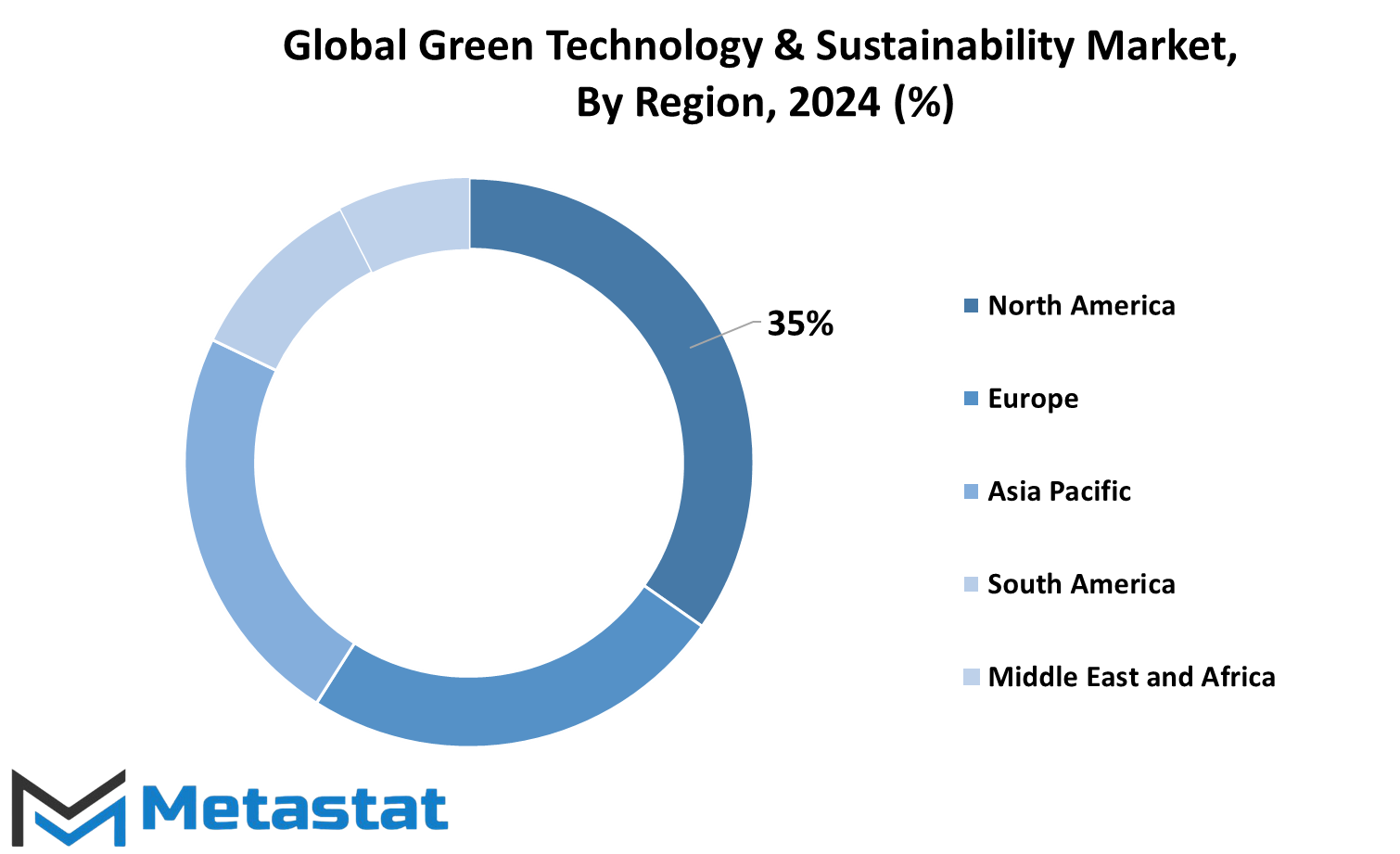
COMPETITIVE PLAYERS
The global green technology & sustainability market has been on the rise due to businesses and governments alike trying to reduce their impact on the environment. Companies are embracing green technology to aid sustainability efforts, which have become an integral part of their business operations. The market is likely to continue growing as more industries embrace the importance of adopting environmentally friendly practices.
Major players in the global green technology & sustainability market include well-known global corporations that offer a range of green technology and sustainability solutions. For instance, Oracle Corporation offers software and cloud solutions that help businesses reduce their energy consumption and carbon footprint. WINT Water Intelligence focuses on water management, helping organizations to monitor and reduce water waste. Another key player is Salesforce, Inc., which provides sustainability solutions that help businesses track their environmental performance and improve their ESG practices.
General Electric Company has transformed its business model, focusing on sustainability, in creating energy-efficient products and solutions for lowering carbon emissions of industries. Software support also plays a huge role through SAP SE, allowing organizations to seamlessly incorporate sustainability in processes, ranging from supply chain management to production. AMCS Group specializes in waste management and recycling technologies for improved waste management capabilities among the firms.
Some other significant players are Cority, which is offering environmental, health, and safety software solutions; Intelex Technologies ULC, with its software offering to help companies comply with the environment; Treeni Sustainability Solutions, that offers sustainable solutions to industries wanting to reduce their environmental footprint; and Oizom Instruments Pvt. Ltd., an important player offering innovative air quality monitoring products to help businesses track pollution levels.
The other companies contributing to the global green technology & sustainability market are consulting firms. For instance, there is PwC, KPMG International Limited, Deloitte Global, and Ernst & Young Global Limited. They advise companies implementing sustainable practices within their operations as they seek their green vision. These organizations assist business firms in mitigating the complications that may face in implementing the available sustainable technologies for environmental betterment.
To summarize, the global green technology & sustainability market is going to explode further as companies get more involved with embracing eco-friendly technologies and solutions. The market key players are, among others, Oracle, Salesforce, General Electric, and the likes of consulting firms PwC and KPMG-all aiming to build a more sustainable future by offering tools and expertise in driving positive environmental change.
Green Technology & Sustainability Market Key Segments:
By Component
- Solutions
- Services
By Enterprise Type
- Large Enterprise
- SMEs
By Technology
- Internet Of Things
- AI & ML
- Digital Twins
- Cloud Computing
- Blockchain
- Edge Computing
- Cybersecurity
- Others
By Application
- Air and Water Pollution Monitoring
- Carbon Footprint Management
- Crop Monitoring
- Forest Monitoring
- Green Building
- Soil Condition/Moisture Monitoring
- Sustainable Mining and Exploration
- Water Management
- Weather Monitoring and Forecasting
- Others
Key Global Green Technology & Sustainability Industry Players
- Oracle Corporation
- WINT Water Intelligence
- Salesforce, inc.
- General Electric Company
- SAP SE
- AMCS Group
- Cority
- Intelex Technologies ULC
- Treeni Sustainability Solutions
- Oizom Instruments Pvt. Ltd.
- Treevia Forest Technologies
- PwC (PricewaterhouseCoopers)
- KPMG International Limited
- Deloitte Global
- Ernst & Young Global Limited
WHAT REPORT PROVIDES
- Full in-depth analysis of the parent Industry
- Important changes in market and its dynamics
- Segmentation details of the market
- Former, on-going, and projected market analysis in terms of volume and value
- Assessment of niche industry developments
- Market share analysis
- Key strategies of major players
- Emerging segments and regional growth potential



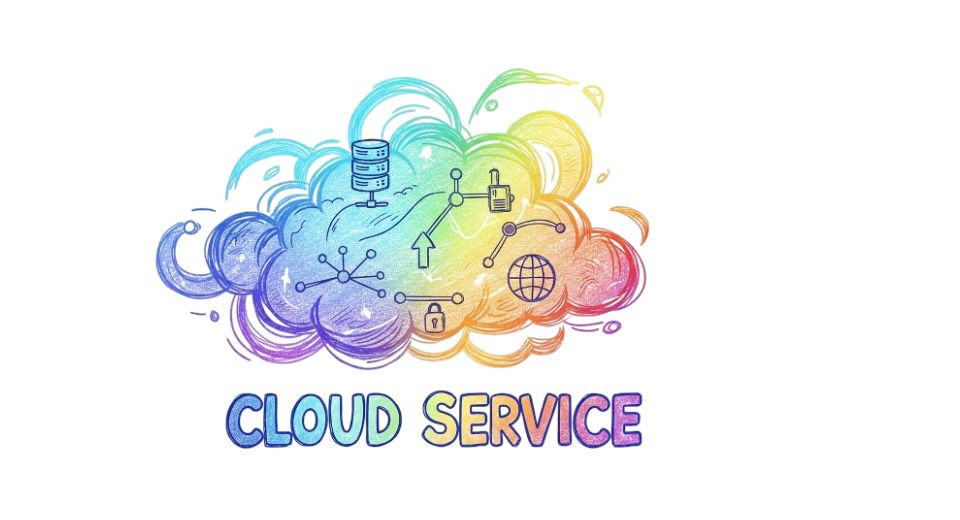
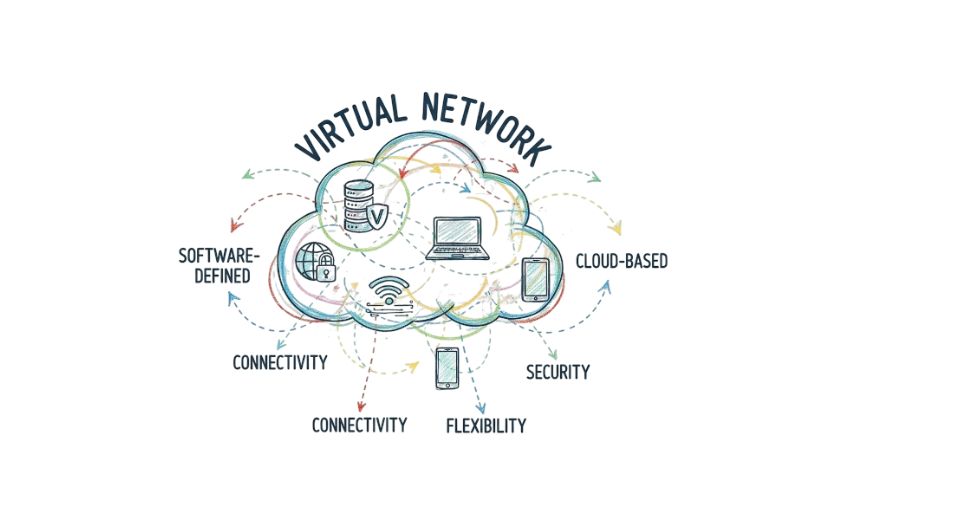
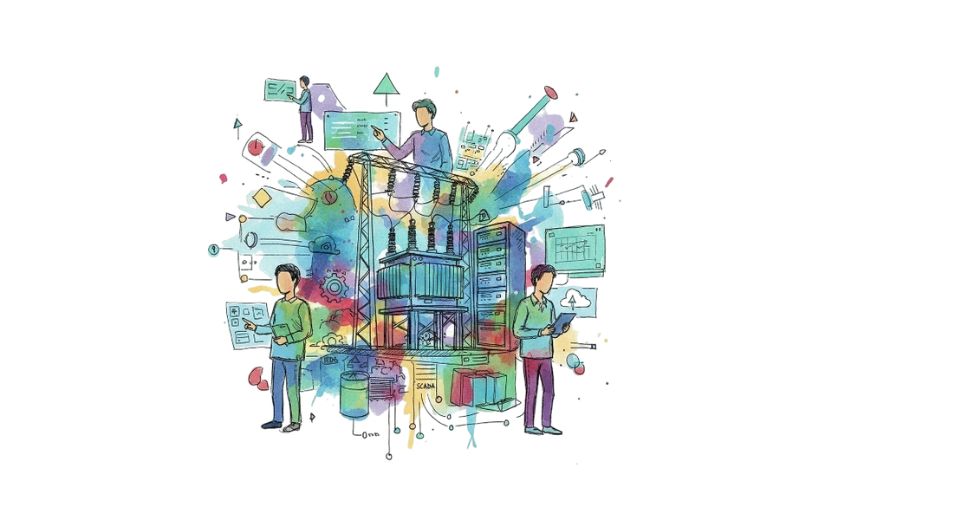


 US: +1 3023308252
US: +1 3023308252






